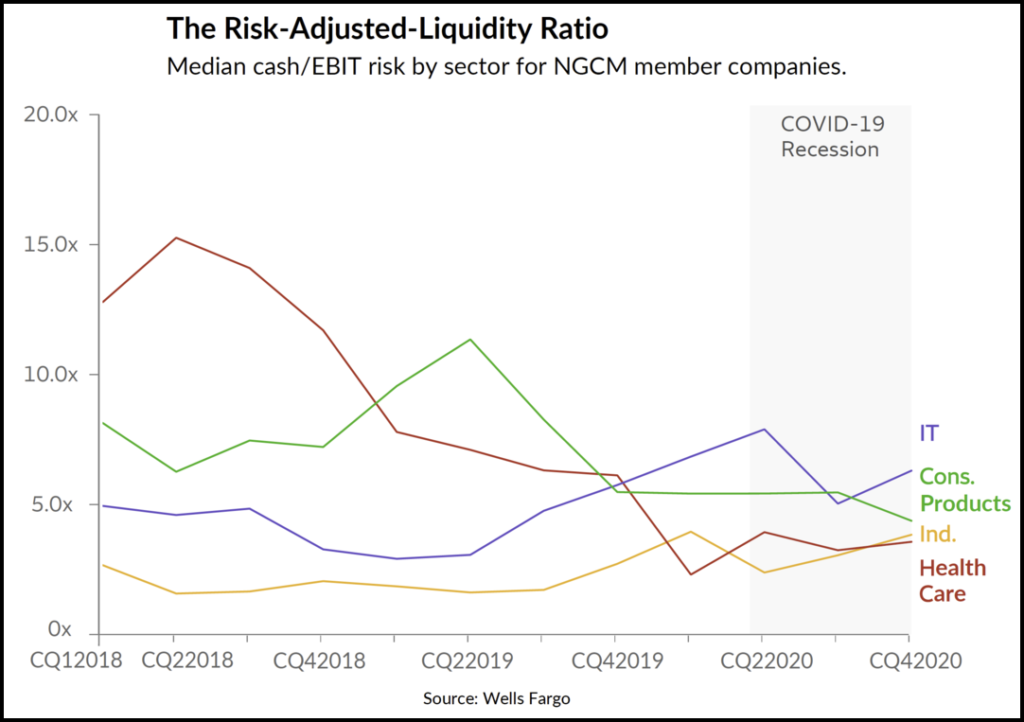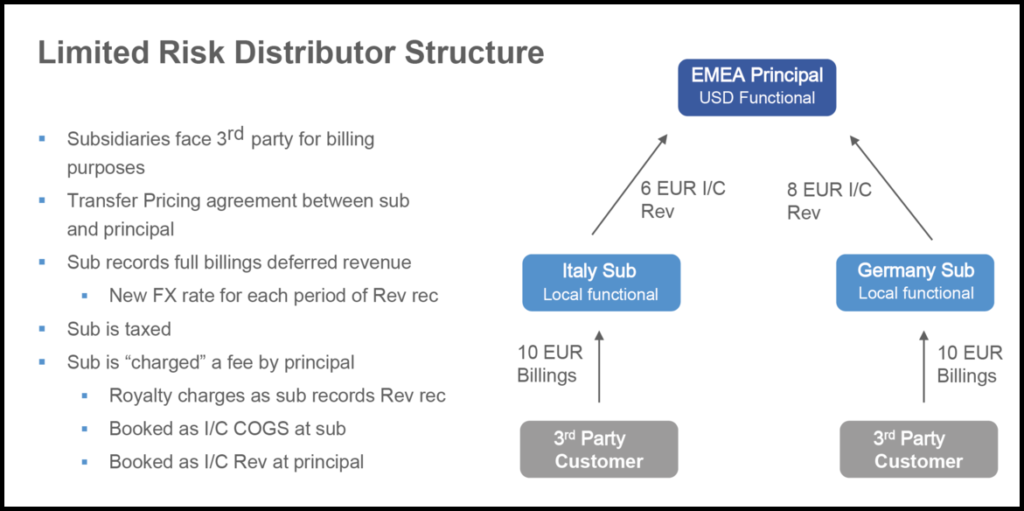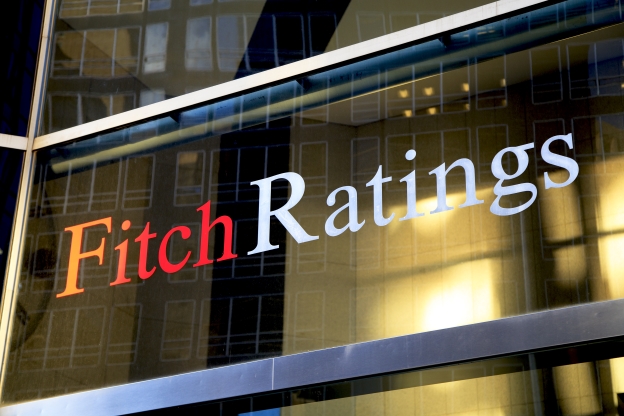
One corporate in search of simplicity opted for developing a solution in-house vs. using third-party vendors.
An indispensable lesson from the pandemic is that revenues can drop unexpectedly and precipitously, and so cash forecasts must consider multiple scenarios and learn from the past. An assistant treasurer (AT) from a global industrial company explained at a recent NeuGroup meeting how his company is improving cash forecasting with machine learning and other new technologies.
- A precise forecast was not the goal, but rather an estimate that aided business decisions without overburdening treasury.
- Narrowing the gap between treasury’s bottom-up forecast and FP&A’s top-down approach could eventually lead to a single cash forecast for use across the company.
- “We’re trying to go from a very laborious bottom-up approach to a much simpler machine learning-driven model,” the AT said.
One corporate in search of simplicity opted for developing a solution in-house vs. using third-party vendors.
An indispensable lesson from the pandemic is that revenues can drop unexpectedly and precipitously, and so cash forecasts must consider multiple scenarios and learn from the past. An assistant treasurer (AT) from a global industrial company explained at a recent NeuGroup meeting sponsored by Societe Generale how his company is improving cash forecasting with machine learning and other new technologies.
- A precise forecast was not the goal, but rather an estimate that aided business decisions without overburdening treasury.
- Narrowing the gap between treasury’s bottom-up forecast and FP&A’s top-down approach could eventually lead to a single cash forecast for use across the company.
- “We’re trying to go from a very laborious bottom-up approach to a much simpler machine learning-driven model,” the AT said.
Vendor qualms. Pursuing the initiative, the company’s treasury team sought insight from peers and talked at length to several cash forecasting technology vendors.
- A few vendors understood the company’s structure and needs, but reliance on a “plug-and-play” approach into the company’s multiple ERPs, accounts payable and other systems suggested unwanted complexity.
- “Most of the fintechs are approaching this via ERP hookups, and with our landscape it wouldn’t have simplified the process like we’re after,” the AT said.
- Another strike against third party solutions: Ongoing, monthly fees charged by the vendors for forecasts. “If we wanted to cut costs in the future, we’d lose our cash forecast,” the member said.
- Plus, vendors may not be well-capitalized, “And we don’t know what the future brings,” he said.
Inside job. The member’s treasury, large enough to support a dedicated technology team as well as data scientists, “spun out” some models using machine learning. To pick up the pace, it signed up Big Four consultants to help build the system.
- “With the approach we took, we’re paying for data science/machine learning up front and then we’ll maintain the models,” he said. And by doing this in-house, the company can:
- Better maintain and optimize the technology.
- Take advantage of the resources in a digital center of excellence built recently by the company’s broader finance organization that includes tax, investor relations and accounting.
- The timing was fortuitous since the center had just begun piloting a methodology to eventually replace the FP&A process that took a similar approach to treasury’s cash forecasting efforts.
- More easily adopt one forecast across the company as the digital technology matures and continues to improve. “We looked to the future to make what we thought was the right decision,” he said.
Key considerations. Perhaps the most important consideration, he said, is “change management,” since folks “get married to their cash forecasting processes.”
- Engaging the relevant parties across the organization is critical, “understanding who is an influencer, who is a subject matter expert, and who can help champion” the initiative,” the AT said.
- Also identifying the relevant data and whether it is sufficient and clean.
Moving ahead. This year, treasury plans to take the proof-of-concept models developed successfully for its US cash pool and apply them globally. The member acknowledged there is work still to be done. “We haven’t cracked the code yet so we can start selling this to every business out there.”
- Nevertheless, he said, what treasury has learned so far has provided invaluable insight and forever changed the cash forecasting process. It may not be 100% machine learning a year from now, but at a minimum the technology will play a role.
- “We feel it’s the way forward, to get a true view of what’s going in your business by leveraging the past,” he said.

























